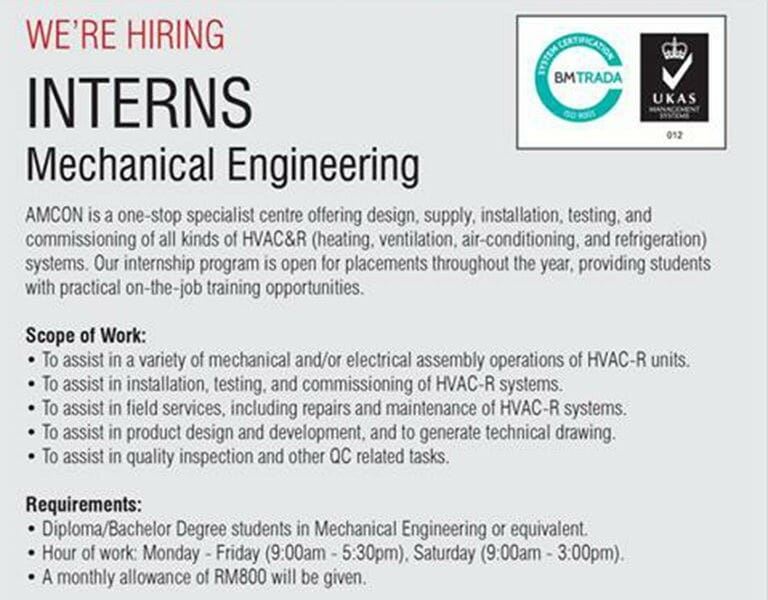Essential Considerations for Air Cooled Chiller Design and Construction in Harsh Environments
When it comes to air cooled chiller design and construction for harsh environments, precision and meticulous planning are paramount. Harsh environments can subject cooling systems to extreme conditions, demanding durability and efficiency. In this article, we will explore the key aspects of designing and constructing air cooled chillers that can withstand the challenges of harsh settings.
Understanding the Harsh Environment
Before delving into the intricacies of chiller design, it’s crucial to comprehend the specific challenges posed by harsh environments. These settings typically involve:
- Extreme Temperatures: Harsh environments often experience temperature fluctuations that can range from scorching heat to freezing cold. Chiller systems must be capable of operating efficiently in such diverse conditions.
- Dust and Debris: Dust, sand, and other airborne particles can clog cooling components and hinder performance. Designing a chiller system that can effectively filter out these particles is essential.
- Corrosive Elements: Some harsh environments may contain corrosive substances, which can accelerate wear and tear on chiller components. Resistant materials and coatings are vital in such cases.
Key Design Considerations
1. Robust Material Selection
Selecting the right materials is the foundation of a successful chiller design for harsh environments. Components exposed to extreme temperatures should be made of materials with high-temperature tolerance, such as stainless steel or corrosion-resistant alloys. These materials ensure longevity and reliability.
2. Enhanced Filtration Systems
To combat the presence of dust and debris, an air cooled chiller must incorporate advanced filtration systems. HEPA (High-Efficiency Particulate Air) filters, for example, can effectively capture fine particles, preserving the chiller’s performance and efficiency.
3. Corrosion Resistance
In environments with corrosive elements, the chiller’s components should be treated with protective coatings or constructed from materials resistant to corrosion. Regular inspections and maintenance are also crucial to identifying and addressing potential corrosion issues promptly.
4. Robust Insulation
Maintaining temperature stability is imperative in harsh environments. Adequate insulation can help achieve this goal by preventing temperature fluctuations that can strain the chiller’s operation. Proper insulation also conserves energy, making the system more efficient.
Construction and Installation
1. Rigorous Quality Control
During the construction phase, rigorous quality control measures must be in place to ensure that every component meets the highest standards. This includes testing components for temperature tolerance, structural integrity, and resistance to environmental stressors.
2. Professional Installation
The installation of the air-cooled chiller should be performed by experienced professionals who understand the specific demands of harsh environments. Proper installation ensures optimal performance and minimises the risk of issues down the line.
3. Ongoing Maintenance
Regular maintenance is the key to the long-term success of an air-cooled chiller in a harsh environment. Scheduled inspections, cleaning, and component replacements when necessary will extend the system’s lifespan and maintain its efficiency.
Conclusion
Designing and constructing air-cooled chillers for harsh environments is a complex task that demands attention to detail and expertise. By considering the unique challenges posed by extreme temperatures, dust, debris, and corrosive elements, and by using robust materials and advanced filtration systems, you can ensure that your chiller will operate efficiently and reliably in even the harshest conditions. Additionally, professional installation and ongoing maintenance are essential for maximising the lifespan of your chiller system, making it a worthwhile investment for challenging environments.




